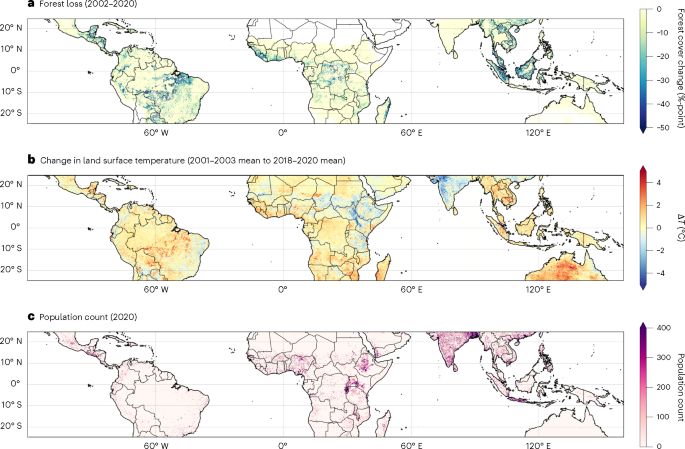Ade Martin
@ademartindc.bsky.social
360 followers
330 following
350 posts
Biogeography 🌍 and wildlife 🐾 consultant| Environmental assessment 🌳📋and GIS solutions 🗾
I share scientific articles related to the environment 🌎, ecology 🍁🐾💧, conservation 🌱🦊 and biogeography 🌎🦋🗺️ every day.
Posts
Media
Videos
Starter Packs












